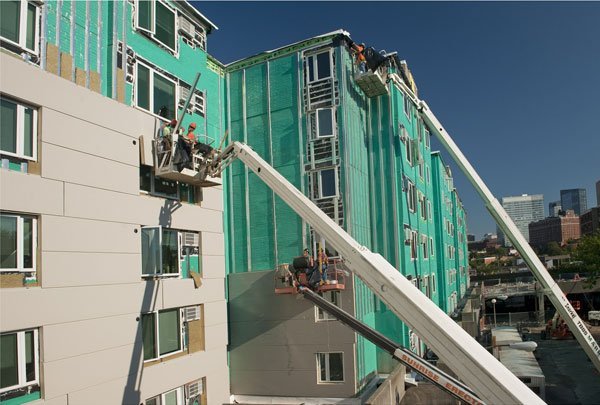Deep Energy Retrofits, Part 1
At Embue we are seeing more and more customers performing deep energy retrofits and building electrification projects at their properties.
In the next few blog posts, we’re going to dig into what these projects entail and what factors into getting our customers to net zero energy.
Believe it or not, about two thirds of today’s buildings will still be here in 2040, so performing deep energy retrofits on these buildings is essential in order to eliminate carbon emissions from building operations and to make the buildings more energy efficient. Renovating these buildings, rather than replacing them, also reduces carbon emissions that result from construction activities.
It’s also a huge investment opportunity: increasing energy efficiency by 30% in US buildings built before 1980 would result in $1 trillion dollars of energy savings over 10 years, and require an investment of $279 billion dollars. That represents a 358% return on investment over the 10 year period.
What is a Deep Energy Retrofit?
The goal of a deep energy retrofit project is to radically reduce a building’s energy consumption. There are three elements to such a retrofit:
Improve the building envelope by sealing air leaks, adding insulation and replacing windows. In one approach, the building may be wrapped with new prefabricated insulated panels.
Replace some or all energy consuming equipment including heating, ventilation and air conditioning (HVAC), domestic hot water (DHW), kitchen appliances, laundry and lighting. Because of the envelope improvements, the HVAC equipment will be smaller and less expensive.
Install active mechanical ventilation equipment which is now essential because of the tighter building envelope. This ventilation conserves energy in winter by transferring heat and humidity from the exhaust air to the fresh inlet air. In summer the process is reversed.
The new mechanical systems are usually all electric; if 100% renewable electricity is purchased then the building will be net-zero in operating carbon emissions, or very close to it.
In the next post, we’ll look at how analytics play a key role in deep energy retrofit projects.

